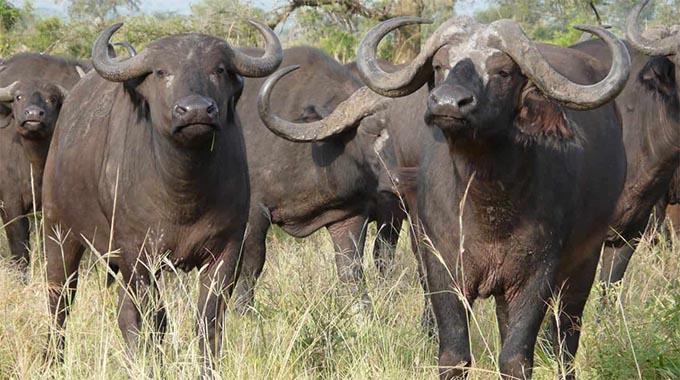Government Translocates 84 Buffaloes to Contain Foot and Mouth Disease

In a strategic move to minimize the risk of foot and mouth disease and human-wildlife conflict, the government has translocated a herd of 84 buffaloes from Eaglemont Range to Nuanetsi Conservancy.
The buffaloes, which are reservoirs of the foot and mouth virus, had previously been roaming in the communities surrounding Eaglemont Conservancy in Chiredzi District, Masvingo Province. With no proper fencing in place, the animals would stray and come into contact with livestock, posing a serious threat of disease transmission.
“Around Eaglemont, there are about 10,000 families, so there is a high risk or danger of human-wildlife interface,” explained Dr. Pias Makaya, the Chief Director of the Department of Veterinary Services. “The translocation will minimise the risk of stray buffaloes and improve human safety in the communities.”
The decision to move the buffaloes to the more secure Nuanetsi Conservancy was made in collaboration with the owners of Eaglemont Conservancy, the Department of Veterinary Services, the National Parks, and the owners of Nuanetsi Range.
Dr. Kramer Manyetu, the Veterinary Services Department’s Masvingo Provincial Director, said the buffaloes had been regularly straying out of the park due to the lack of an electrified perimeter fence. “This translocation, to a larger extent, solves these problems that occur at the livestock-wildlife interface,” he stated.
The government plans to extend this initiative to other properties holding wildlife, with the goal of containing the foot and mouth disease and ensuring that it is confined to properly fenced and secured areas. “We want to make sure that it is confined to areas that are secure and properly fenced rather than waiting for outbreaks and trying to vaccinate, which has proved to be very costly to the country,” Dr. Manyetu added.
This proactive approach aims to strike a balance between disease control and the safety of surrounding communities, demonstrating the government’s commitment to both wildlife conservation and public welfare.









